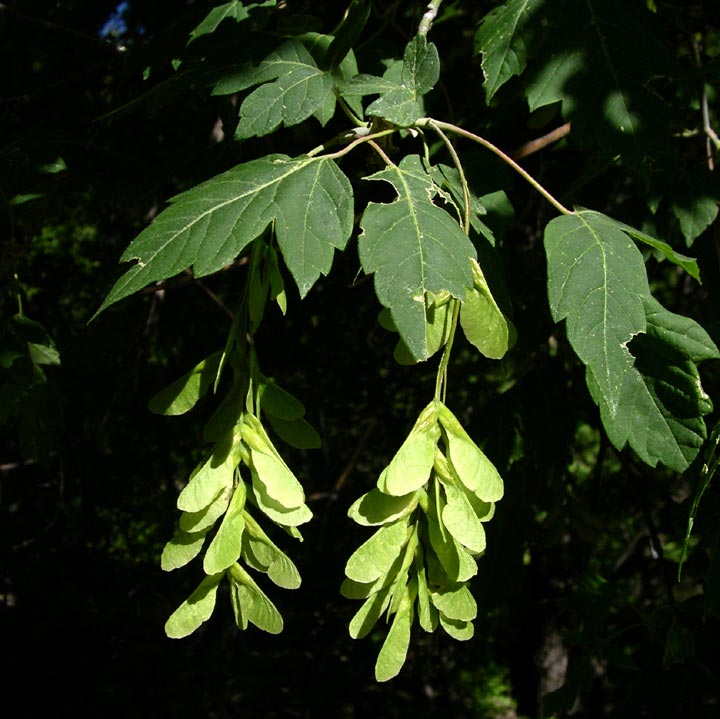|
Sapindaceae |
|
|
PLANT: Trees, shrubs, or vines, evergreen or deciduous, monoecious, dioecious, or polygamodioecious (occasionally with only perfect flowers). LEAVES: alternate or very rarely opposite, pinnately (sometimes bipinnately) compound or trifoliolate, rarely simple, exstipulate (except in climbing species). INFLORESCENCE: terminal and/or axillary, bracteate, racemose, paniculate or unilateral cymes, rarely uniflorous and axillary. FLOWERS: actinomorphic or slightly zygomorphic, small; sepals 4 or 5, distinct or sometimes connate below, usually unequal, imbricate (rarely valvate); petals 0, 3-5, distinct, imbricate, clawed, often with internal scaly- or hair-tufted-appendages near the claw; nectar-disc commonly present; stamens 4-10 (rarely many); filaments distinct, often hairy; pistil 1, the ovary superior, usually (1-)3(-4)-loculed, the placentation axile (or parietal), the style simple or trifid. FRUIT: various; ovules 1 or 2 per locule (rarely many). SEEDS: often with an aril or fleshy testa; endosperm usually absent. NOTES: Ca. 150 genera, ca. 2000 spp.; mainly tropical and subtropical. Tropical species with edible fruits include Blighia, (akee), Euphoria (longan), Litchi, (lychee or litchi), Nephelium, (rambutan), and Paullinia, (guarana). The stem and/or fruit tissues often contain saponins, many of which have detergent properties, form stable foams in water and are toxic to fish. Brizicky, G. K. 1963. J. Arnold. Arbor. 44:462-501. REFERENCES: Salywon, Andrew. 1999. Sapindaceae. Ariz. - Nev. Acad. Sci. 32(1). |
|

